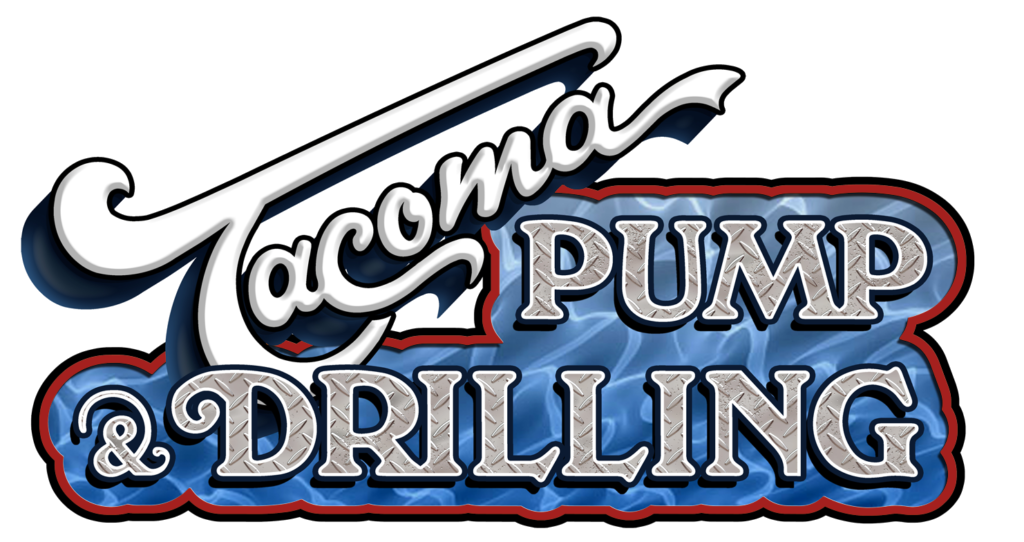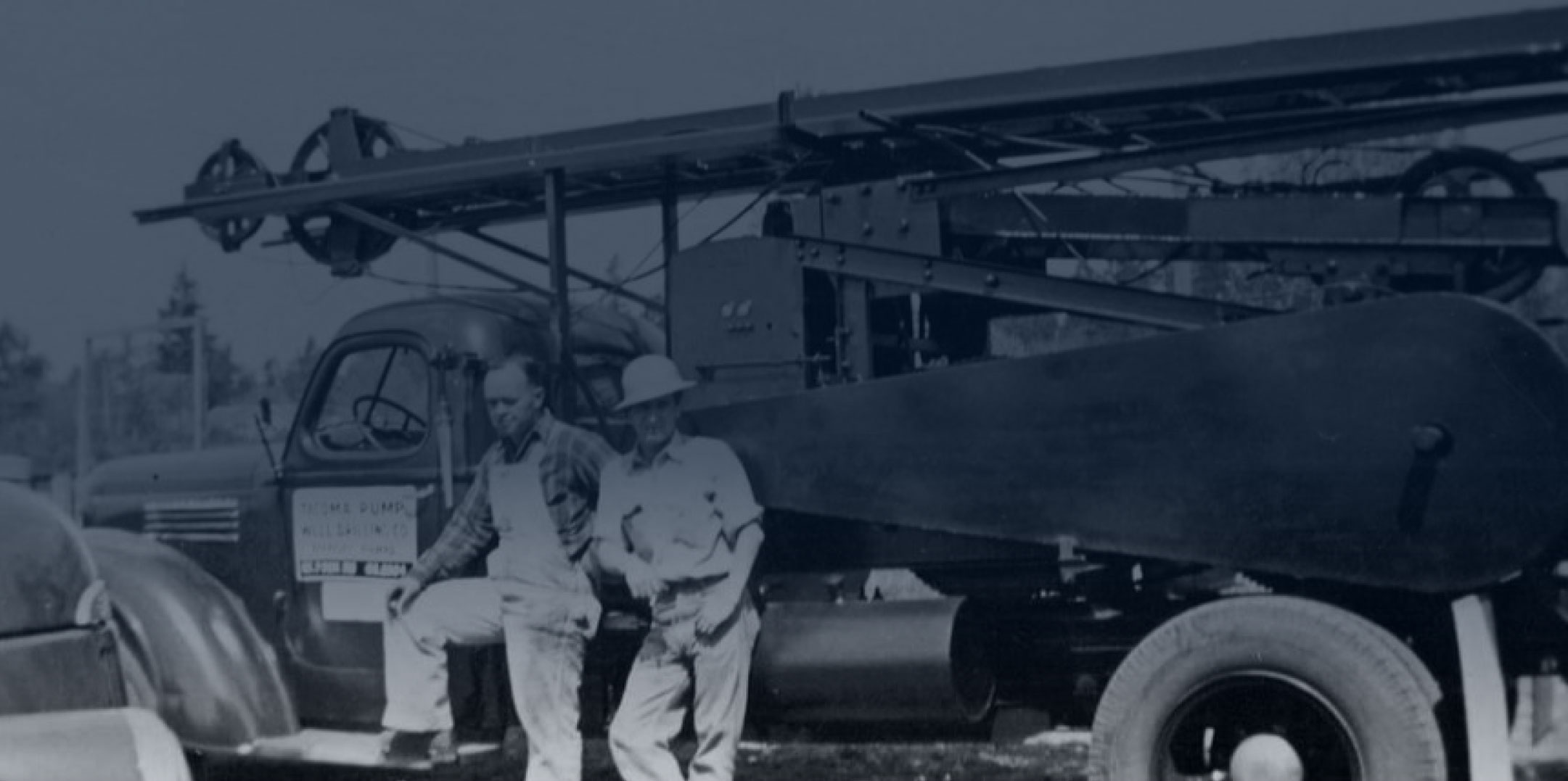Geological Conditions
One of the primary factors to consider when selecting a drilling technology is the geological conditions of the project site. Different drilling methods are better suited to different types of geological formations, and choosing the wrong technology can lead to delays, increased costs, and even project failure. Here are some geological conditions to take into account:
a. Rock Type: The type of rock or substrate you are drilling through plays a crucial role in determining the appropriate drilling technology. For example, soft sedimentary rock may require a different approach than hard igneous rock.
b. Formation Stability: Assess the stability of the geological formation. Unstable or loose formations may necessitate technologies like casing or grouting to prevent collapse and maintain the integrity of the borehole.
c. Water Table: Consider the depth of the water table, as this can impact drilling operations. High water tables may require specialized drilling techniques to avoid flooding and maintain borehole stability.
d. Presence of Fossils or Artifacts: In some cases, drilling through geological formations containing fossils or archaeological artifacts may require specialized equipment and techniques to preserve and protect these valuable finds.
Project Goals and Objectives
The specific goals and objectives of your drilling project should guide your technology selection. Different drilling technologies offer varying levels of precision, depth capabilities, and environmental impact. Here are some project-related factors to consider:
a. Depth Requirements: Determine the depth to which you need to drill. Some technologies are better suited for shallow boreholes, while others can reach great depths, such as those required for oil and gas exploration.
b. Sample Quality: If your project involves collecting geological samples or core samples for analysis, consider the technology’s ability to retrieve high-quality samples without contamination or alteration.
c. Environmental Impact: Evaluate the environmental impact of the drilling technology. Some methods, like directional drilling, can minimize surface disturbance and habitat disruption, making them suitable for environmentally sensitive areas.
d. Budget and Time Constraints: Assess your project’s budget and timeline. Some drilling methods may be more cost-effective and faster, while others may require a more substantial investment and longer lead times.
Safety and Regulatory Compliance
Ensuring the safety of both personnel and the environment is paramount in any drilling project. Compliance with local, state, and federal regulations is essential to avoid legal and financial repercussions. Here are key safety and regulatory considerations:
a. Safety Protocols: Choose a drilling technology that aligns with established safety protocols and standards. Consider factors such as well control, blowout prevention, and emergency response plans.
b. Environmental Regulations: Familiarize yourself with environmental regulations governing drilling operations in your area. Ensure that your chosen technology meets these requirements and mitigates potential environmental impacts.
c. Operator Training: Ensure that your drilling team is well-trained and qualified to operate the chosen technology safely and effectively. Ongoing training and certification may be necessary.
Selecting the right drilling technology for your project is a complex decision that requires careful consideration of geological conditions, project goals and objectives, safety, and regulatory compliance. By taking these factors into account and consulting with experts in the field, you can make an informed choice that maximizes the success and efficiency of your drilling operations while minimizing risks and costs. Remember that every project is unique, so tailoring your technology choice to your specific needs is essential for a successful outcome.

